-
Tying the Travis Para-Ant for later-summer trout
The first couple weeks of September are usually pretty great dry-fly weeks as things cool off a bit and trout look up for big bites of protein
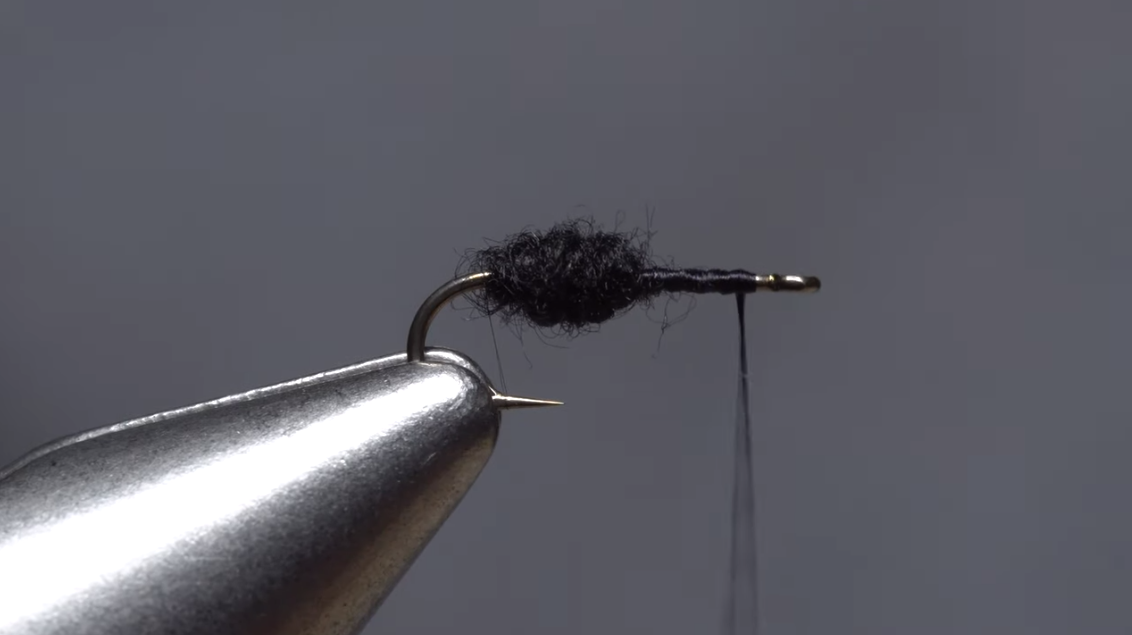
Parts of the West got a taste of things to come this week — Colorado and Wyoming got some snow, and here in Idaho, a brutally cold wind chased summer away for a bit, littered the streets with broken branches and left thousands without power. But summer's not over just yet, and that means terrestrial…
-
Use dubbing to make a solid base
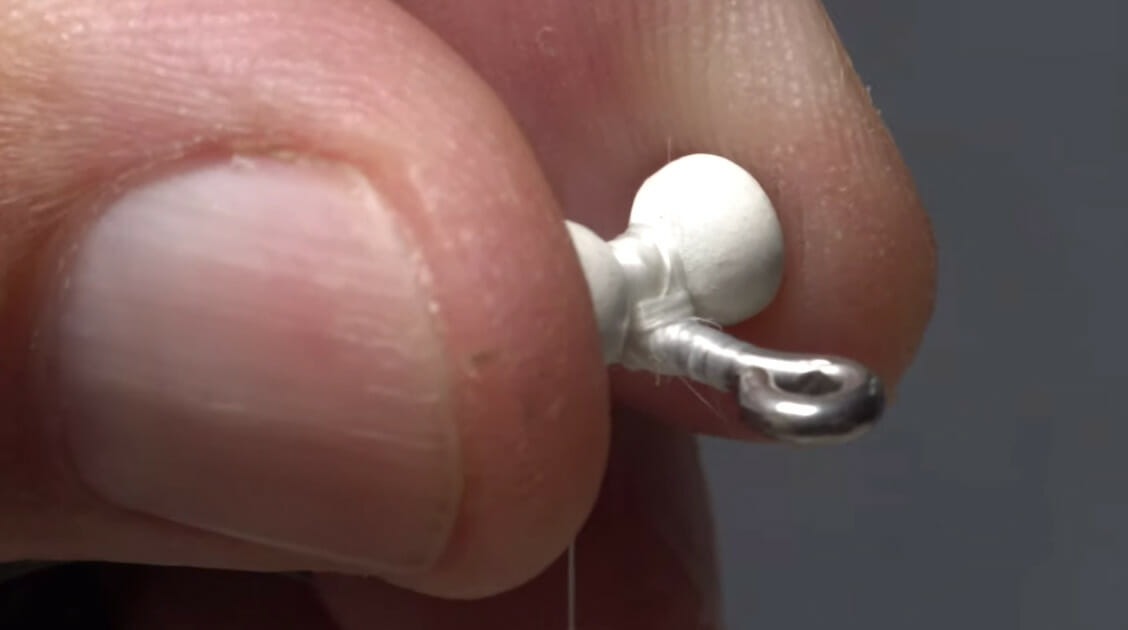
Certain materials, when tied to a hook shank, just don't take well to being secured with thread. The lack of friction between the material and the metal of the shank makes it very easy for some tying materials to spin, even after multiple wraps and efforts to tightly bound them to the shank. https://www.youtube.com/watch?v=2hV1KNILIhM Above,…
-
Terrestrial bugs offer great dry-fly fishing on small creeks
Late summer and early fall offer some of the season's best dry-fly fishing on small creeks in the east. This isn't hatch-matching fishing. It's terrestrial season
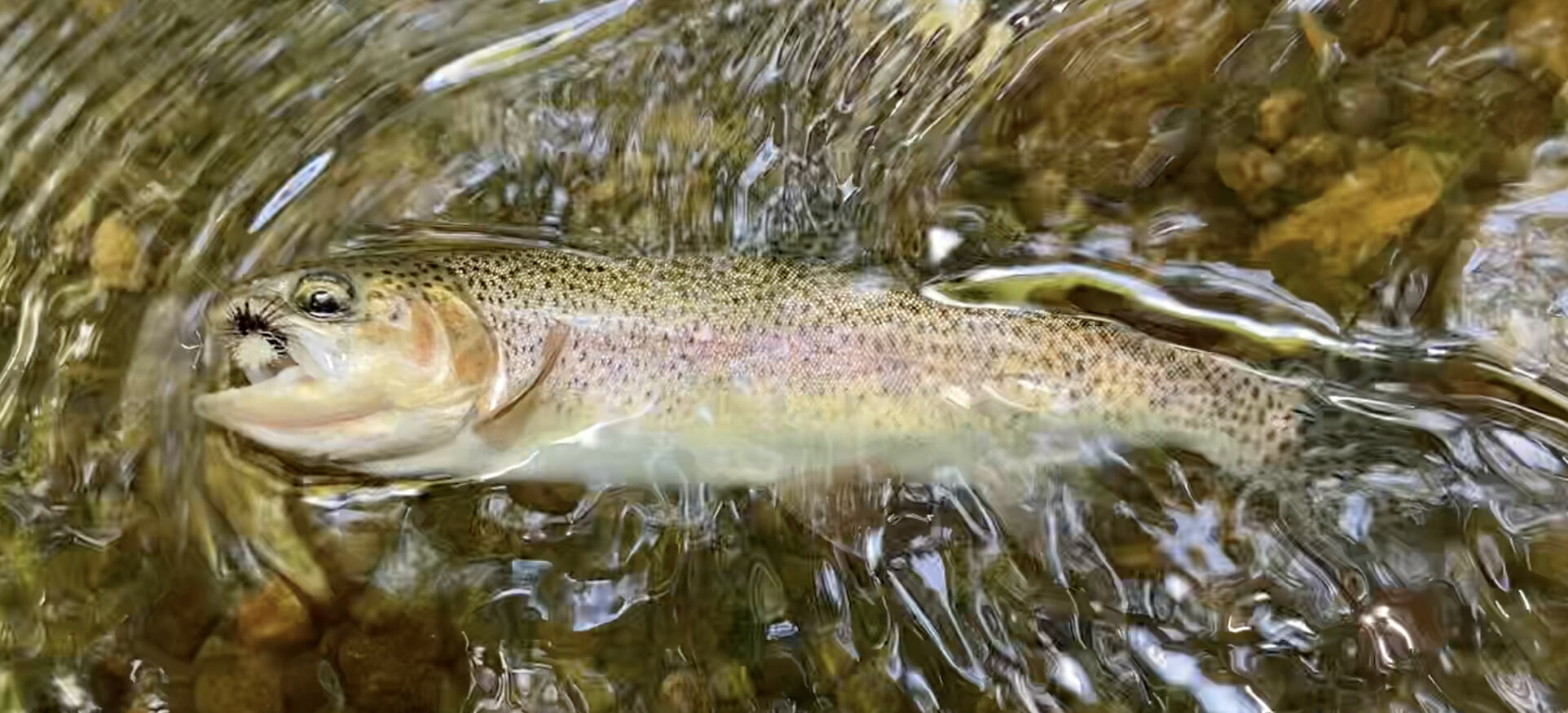
Most years, Virginia’s small mountain trout streams have become unfishable trickles by August. This year has been a bit different. Massive rains in May and June meant the streams were in great shape heading into summer’s peak, which was a good thing because July brought record heat and a strange lack of the almost-daily thunderstorms…
-
Fly fishing doesn’t have to be hard
I love to cast a long line, but it doesn’t happen often. If I do, it is ideally with no false casts. The longer my fly is in the air, the more likely it will be caught by a bush. Fewer false casts also means my fly is in or on the water in front of fish longer
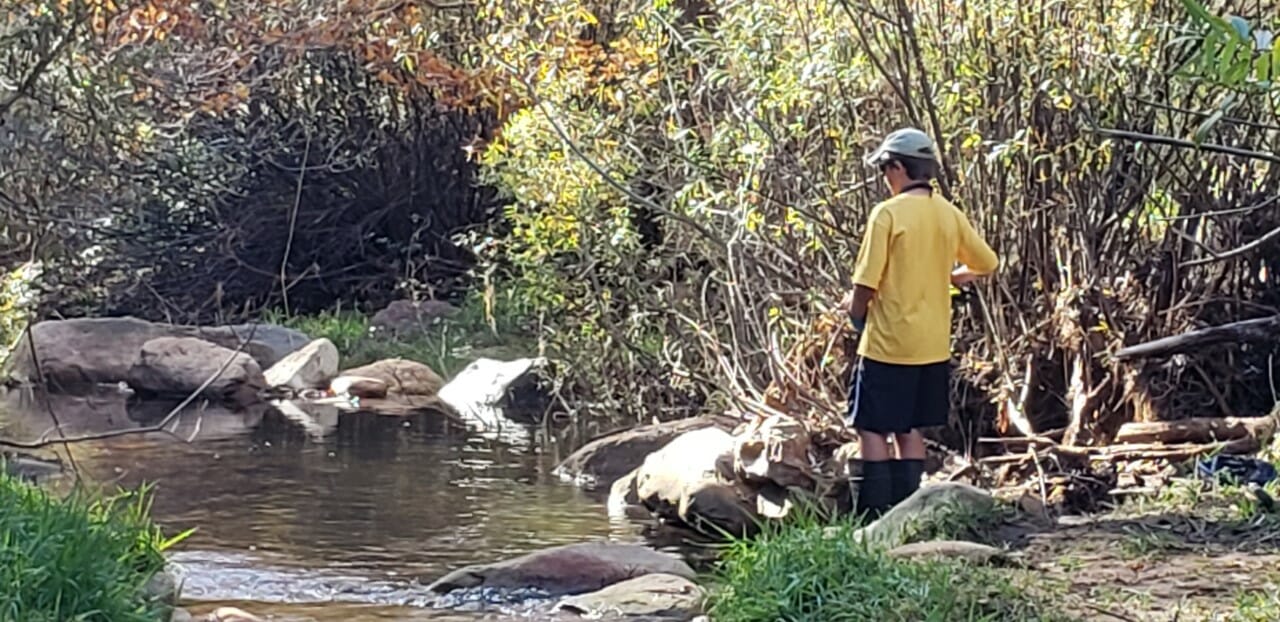
By Jim Strogen I loved "A River Runs Through It." I had been fly fishing about 30 years before I saw the film, and appreciated the artistry in Jason Borger's casts -- Borger was the "double" for Brad Pitt, and he's the one casting in the movie. When I see new fly fishers getting started,…
-
How to use shanks for articulated flies
There are a few choices when it comes to choosing which shank to use for the flies you're tying, but, generally speaking, the idea is the same: shanks let you make longer fly bodies and then hang a "stinger" hook off the rear of the fly
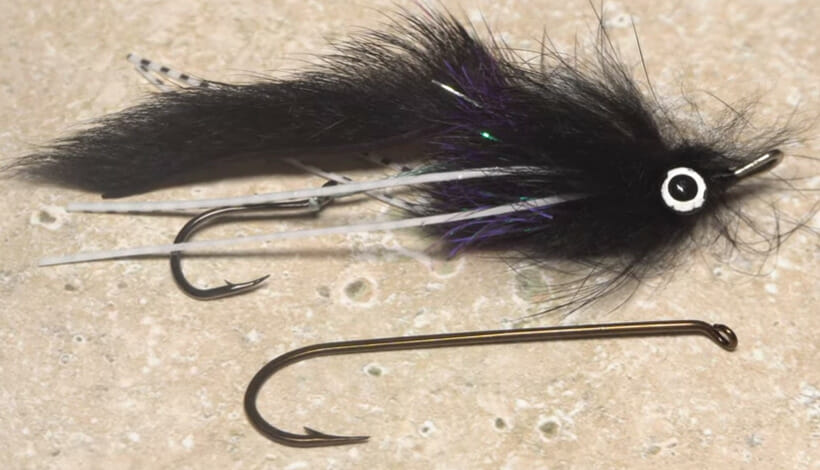
And which ones to use, depending on the patterns you're tying I started using shanks for tying articulated flies a couple of years ago, and last year, in Argentina, I enjoyed some great streamer days for big trout using the fruits of my labor. There are a few choices when it comes to choosing which…
-
How to tie the Yellow Humpy fly pattern

As attractor dry flies go, the Humpy is near the top of my list. Tied to imitate nothing in particular, but still incredibly "buggy," the Humpy is a great high-floating searching pattern for trout in backcountry settings. But, as with a lot of my favorite attractors, the Humpy can be a real pain to tie.…
-
Deet and your fly line
Chad quickly reached into a pocket in his sling pack and pulled out a little bottle of bug spray. He quickly doused in his exposed arms in the oily concoction and then passed it around. Johnny did the same — a few pumps and then he handed the bottle to me.
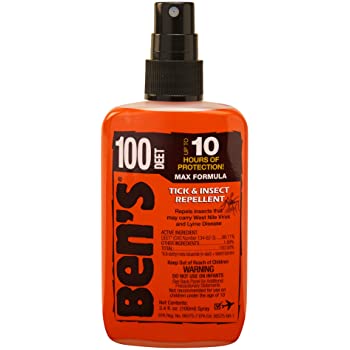
We'd just finished hiking out of a steep canyon after an afternoon of pretty solid fishing. The hike itself was a bear — straight up a rugged ATV trail several hundred feet. By the time we got to the top, we were sweaty and hot, and the little trout stream was a ribbon of silver…
Category

